Table of Contents
Family and its Salient Features:
Definition and Scope of Family:
The word “Family” has been taken from the Roman word “famulus” meaning a servant and the Latin word “familia” meaning “household”. In Roman law, the word “famulus” denotes the group of producers and slaves and other servants as well as members connected by common descent or marriage. Family is the first and foremost institution. It is the oldest among the other institutions. Though the family has undergone many changes, yet it is the backbone of our social structure.
The Family is a social and economic group consisting minimally of one or more parents and their children. Marriage lays the legal foundation for the family but the family can exist without marriage. The children born to the couple are the legitimate offspring approved by the societies.
According to R. H. Lowie, marriage is an institution and family is the association that embodies the institution. Such groups in different forms exist in every type of society in the contemporary world. A domestic group is a household, it usually but does not necessarily, contain members of a family. The composition of domestic groups is shaped by the post-marital residence rules of society. Households are basic residential units within which economic production, consumption, inheritance, childrearing and shelter are organized and carried out. In the vast majority of human societies, households consist of families or else their core members constitute families, even though some members of the household may not be relatives of the family around which it is built. Memebers of a family always have certain reciprocal rights and duties towards each other. Family members usually live in one household but it is not a defining feature of families. In the family, the members are united by bonds of kinship.
Murdock defined the family “as a social group characterized by common residence, economic cooperation, and reproduction. It includes both sexes, at least two of whom maintain a socially approved sexual relationship, and one or more children, own or adopted”. But R. H. Lowie expressed that the family as a group is based on marital relations, rights and duties of parents and children.
According to Ogburn and Nimkoff, “Family is a more or less durable association of husband and wife with or without children or of a man or woman alone, with children”.
According to Clare, “Family is a system of relationships existing between parents and children”.
According to Biesaz, “The family may be described as a woman with a child and a man to look after them”.
Salient Features of Family:
According to J. L. Rachroo, “Family is a universal concept. The sexual urge of men and women, the desire of a woman to bear a child, of a man to perpetuate his line and of both to look after their procreation, coupled with the desire for economic security for leisure and pleasure on the basis of division of labour may have contributed to the origin of the family. Sexual urge, the consequent affinity and the socio-economic expediency appear to be the basics of this institution”.
(1) Universality- The family is a universal social institution because it corresponds to some universally defined biological “needs” and the family fulfils some of universally applicable functions in society. Also, the nuclear family exists in all societies of the world and at all levels of culture. The family is a “natural” and “socially necessary” group as it is rooted in fundamental instinct and for regulation of sexual behaviour in the desired way.
(2) Fixed Habitation- Every family has a fixed place of habitation. In order to perform certain basic functions, every family has to have a home where the essential functions of the family can be carried out.
(3) Financial Provision- There is some kind of financial provision made in every family so that all the basic requirements of the family can be met. In a family, the head of the family is supposed to meet the economic needs of the members.
(4) Emotional Basis- The family is a group in so far as it is rooted in fundamental instincts, emotions and needs. So the members are tied together by a bond of mutual affection. The emotional relationship is created relating to sex, procreation and parental care involved in a family.
(5) Sense of Responsibility among Members- Every member of the family bears responsibility toward other members. The family provides full security to every member including the young and the old.
(6) Educative Role- The family is in one form or another, is the primary unit of human society for the basic learning of its members. The family trains the individual to learn the rules and practices of the social group to which they belong. Family plays a crucial role in the formation of personality. The family presents itself to the child as an “educative” group, a manifestation of the cultural process of the whole society. The family as the most important primary group of society introduced the child to wider social groups in which he later participates. In the socialization process, the family provides the child with the values and modes of behaviour during the early years and complete dependence which are appropriate for society.
(7) Limited Size and Nucleus- The family is the nucleus of all other social groups and is limited in size. It is considered to be the smallest kinship group.
(8) Social Regulation- The family regulates the behaviour of its members. It regulates sexual relationships and defines legitimacy and illegitimacy, morals and manners. In a family, members obey customs and social conduct. They directly or indirectly learn the lessons of cooperation and make rules for satisfying social and sexual urges.
(9) Closed Group- Family is not open to every individual. Its membership is open only to a few selected blood relatives.
(10) Persistence and Change- The family is constantly in flux. The structure and function of the family are affected by the socio-cultural change. The family has changed from production to consumption unit. The role of women has changed due to economic independence in the family. The religious control and patrilocal authority are declined. Some of the educational, recreation and security functions have been taken over by other agencies. Due to new economic interest, the size of the family is reduced and independent families are increasing.
In spite of all these happenings, the family exists as a primary social group in the society and no agency becomes able to replace the family so far.

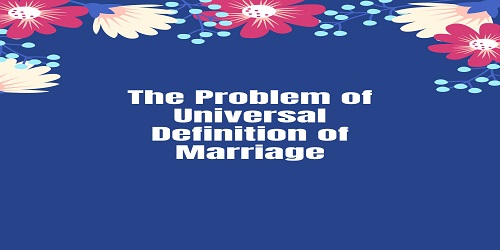
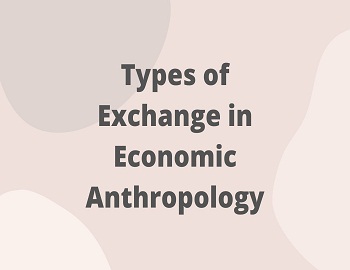
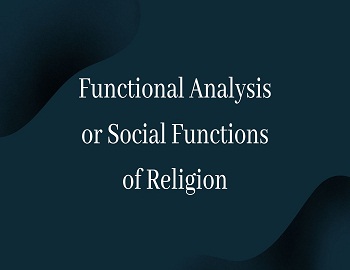
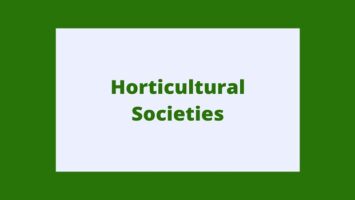
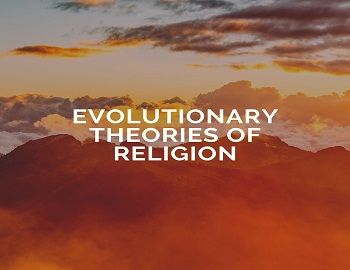

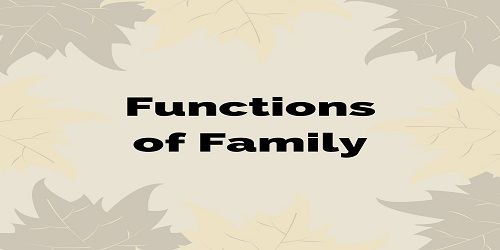
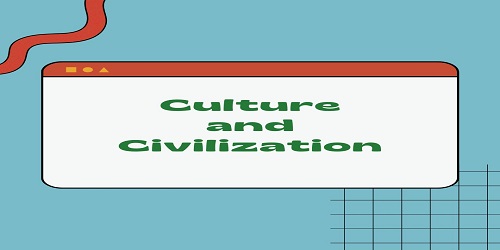
Comments (No)